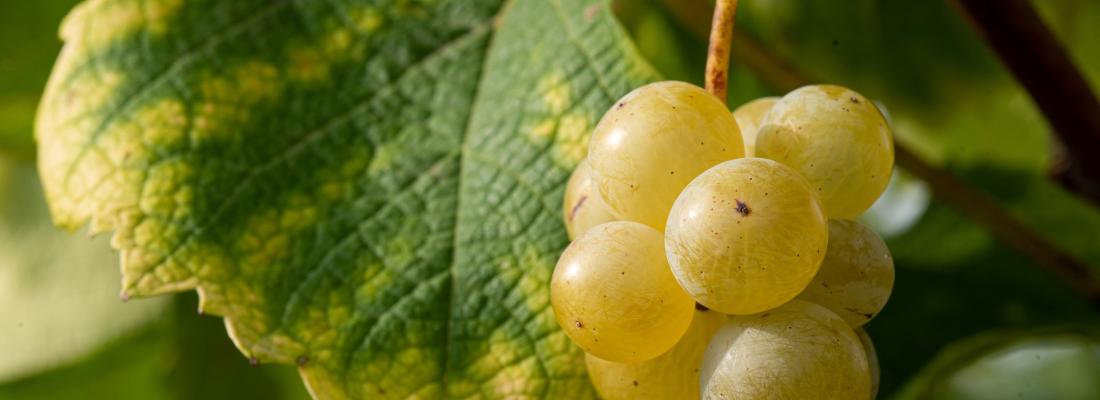Climate change and risks Reading time 3 min
Climate change: European vineyards most affected
Published on 22 May 2025

Climate change has had a major impact on vineyards. An international research team coordinated by the University of British Columbia and with INRAE and Institut Agro studied changes in climate since 1950 and their specific impact on the world’s winegrowing regions. The researchers set out to do two things: understand and quantify climate change in different vineyards around the world and assess how genetic diversity (grape variety) influenced the observed change.
They studied several databases from around the world and factored genetic diversity in vineyards - around 500 grape varieties – into their analysis. Their calculations included several key climate metrics for winegrowers, such as temperatures during budburst[1], throughout the growing season and temperatures and precipitation around harvests.
The study found that climate change has already impacted all winegrowing regions, primarily in terms of recorded temperatures. This impact is uneven across regions, however. The most visible change was seen in European vineyards, where the number of hot days (during which the maximum temperature in the shade exceeds 35°C) and indicators such as maximum growing season temperatures (from budburst to harvest) were much higher than elsewhere in the world. In France, for example, maximum daily temperatures during growing season have increased by around 3°C since 1980, and around 2°C in Spain and Italy. Increases are lower in other regions of the world, including the United States, Japan and South Africa, where rises in maximum growing season temperatures remain below 1°C.
Grapevines reach budburst, develop and are harvested at different times depending on variety. Factoring in this diversity had no significant effect on results, except in European vineyards where there is more diversity than in other parts of the world.
The study ultimately shows that climate change has had a highly uneven impact on the winegrowing regions of the world. This variability over time and space is a major challenge in efforts to adapt viticulture to climate change.
[1] Period during which new shoots emerge from a bud that lies dormant during the winter.
Reference
Wolkovich E.M., Cook B.I., Garcia de Cortazar Atauri I.G. et al. (2025). Uneven impacts of climate change around the world and across the annual cycle of winegrapes. PLOS Climate. DOI: https://doi.org/10.1371/journal.pclm.0000539
